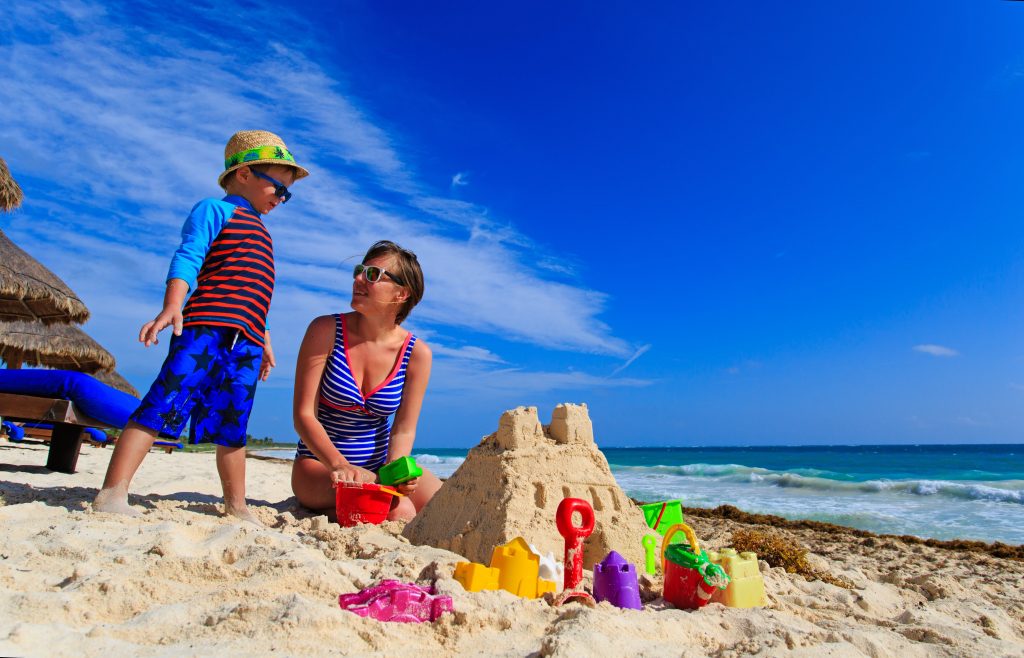Looking to have some fun in the sun but worried about all the risks? Well I have some good news. Sunshine is not the cancer-causing enemy that we once thought it was. In fact, we actually need sunshine almost like we need food.
Proper Exposure to Sunlight Can:
But what does ‘proper exposure to sunlight’ actually mean? Well, according to the World Health Organization (WHO), there are some simple steps to ensure you are safeguarded from the suns adverse effects.

Fun In The Sun
First, please note that sunscreen/sunblock is NOT a way to justify prolonged exposure to the sun. Rather, it helps to decrease damage caused by UVA and UVB rays which can be attributed to:
- Skin damage such as ‘sun spots’, discolouration, wrinkles/premature aging
- Skin Cancers such as Basal cell carcinoma, Squamous cell carcinoma and Melanoma
- Eye damage such as Cataracts
- Immune depression
Sun Safety Tips
- Minimize Mid-Day Sun Exposure – According to WHO UV rays are the strongest between 10 a.m. and 4 p.m. Therefore it’s best to limit or avoid the sun during this time.
- Cover Up – Always try and included wearing items such as sunglasses, wide brimmed hats and UV protective clothing. This will help protect yourself against harmful UV damage.
- ALWAYS Wear Sunscreen/Sunblock – Many of us now know the importance of wearing sunscreen on hot sunny days but did you know it’s just as important to wear it on those cloudy days too? That’s right! Clouds work to filter out the sunlight but only block approximately 20% of the UV rays. That means you can still be exposed to a whooping 80% of UV rays. Click here read the best sunscreen product review.
- Check The UV Index – The higher the number, the stronger the sun’s UV rays are. The UV Index can range from 0 – 12+. This is something I monitor carefully as my fair skin burns in approximately 3.5 minutes (I’m not kidding).
- Spend Time In The Shade – Now I know this seems like a no brainer however you still need to be careful even in the shade. Not all shade is created equal. For example a sun umbrellas may block the sun but still allow UV rays to penetrate through. So you should always be cautious and wear sunscreen. Also, you need to understand that your surroundings play a large role even in the shade. This is because the strength of UV rays can vary based on what kind of surface they bounce off of.
Examples Of UV Reflection Strength In The Shade:
- Sand – 15% exposure to reflected UV
- Seafoam – 25% exposure to reflected UV
- Grass, soil, water – less than 10% exposure to reflective UV
Final Thoughts
Enjoy the sun! But consciously and in small amounts. Be sure to share and incorporate these sun safety tips with your family before enjoying the beautiful outdoors.

